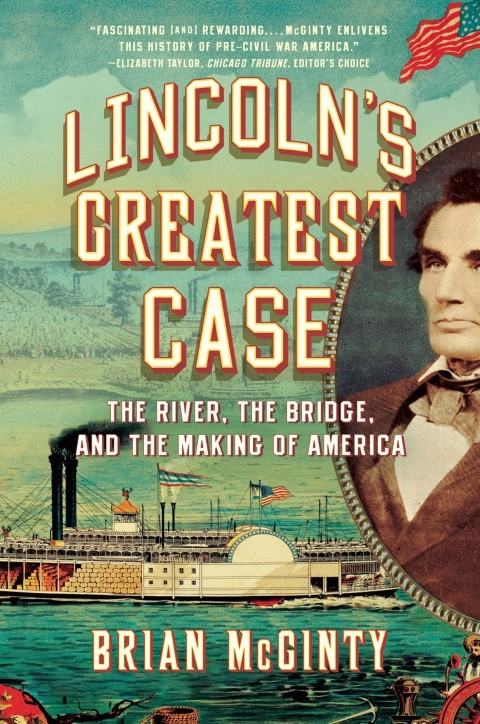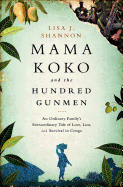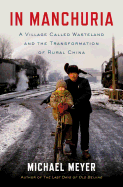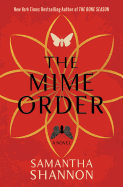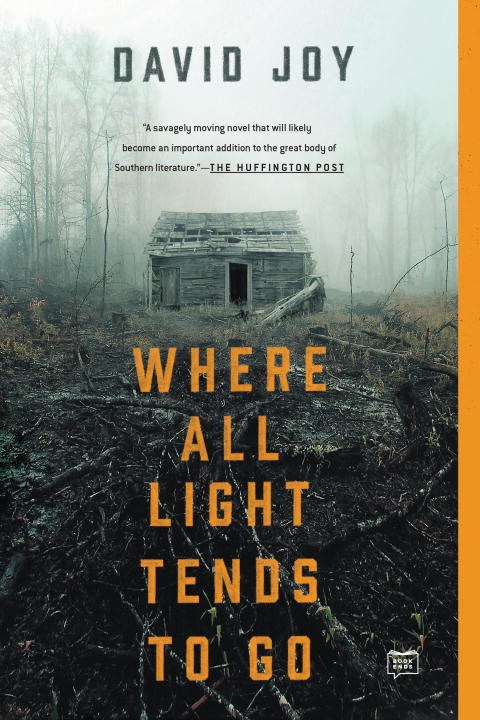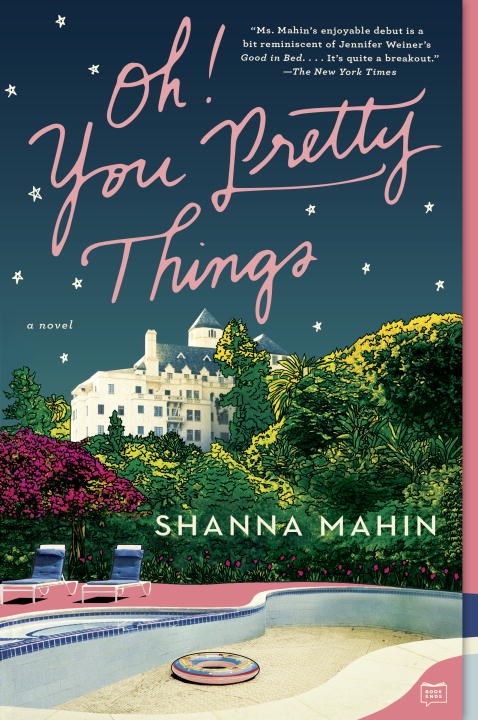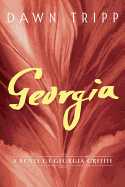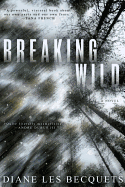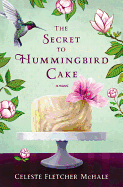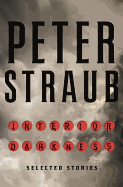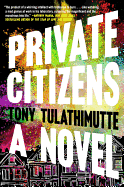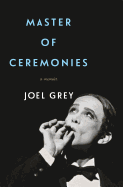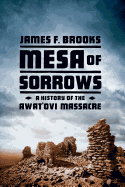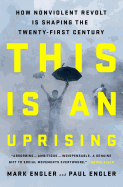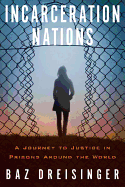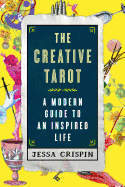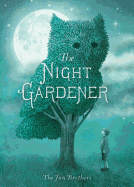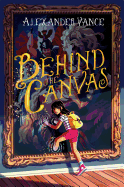In 2005, I wrote Harper Lee to find out what book she credited turning her into a lifelong reader. My proposed story was axed, but two weeks later I got a letter back from Miss Lee. "Not many people are turned on by John Ruskin these days," she wrote, "but The King of the Golden River was an early 'fix' in a lifetime's addiction to reading; I've never sought a cure."
I was an editor at Publishers Weekly for 11 years and met so many authors that it's hard not to become somewhat blasé, but Harper Lee was the holy grail of authors and To Kill a Mockingbird was one of my all-time favorite novels. I wasn't about to let this correspondence die just because the story had.
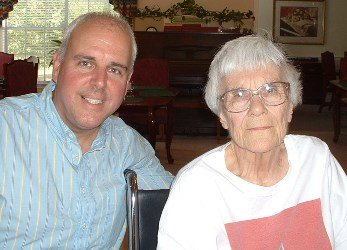 |
| Kevin Howell and Harper Lee |
At the time, she was still spending half the year in her hometown of Monroeville, Ala., and half in her one-bedroom apartment in New York City's Upper East Side. We continued writing letters, and when I reviewed Charles Shield's unauthorized biography of her, Mockingbird, I sent her my review and we bonded over our mutual apathy for the book. She wrote: "So much of what he wrote is just plain untrue that the book is worthless for any serious research. He will make millions."
A few months later, I met her in person at a Starbucks near her Manhattan apartment. Miss Lee hadn't given an interview in roughly 40 years, so I assured her that I wasn't turning our talk into an article. "Oh, I trust you," she said. We talked for 90 minutes. She loved being a transplanted New Yorker, she said. Later she wrote me: "A Manhattan neighborhood like mine is ideal for an old person: I can walk to everything I need--supermarkets (4 in 4 blocks!), drug stores (3), drs., churches, even an undertaker." She was unassuming, funny and a great storyteller.
Now that she knew my work and home phone numbers, we started chatting on the phone. (When my home answering machine died years later, I mourned the loss of some hilarious messages from her.) In March 2007, she had a mild stroke that affected her left side. She was in a Birmingham rehab hospital for months.
I got a chance to visit her in 2008 when I attended a booksellers convention in Alabama. I drove to Monroeville and spent the day with her at the cozy assisted living facility where she was then living.
She had a sweet tooth, so I brought cookies and baklava. She was in a wheelchair but could still stand and walk when she wanted. Because of her macular degeneration, she had a large overhead projector that helped her read books. (I mention these ailments because when Go Set a Watchman (her first draft of To Kill a Mockingbird) came out in 2015, many strangers wrote editorials claiming she was being taken advantage of by her publisher and citing her stroke, bad eyesight and hearing aids without knowing these were old ills.) I was with her for six hours. Post-stroke, she was still funny, smart, opinionated, kind and sharp as a tack. When I asked her if she was working on any writing projects, she slyly said, "A writer never stops writing."
After she made Monroeville her sole residence, she wrote, "Nothing goes on here with relentless regularity." She had family and friends in Monroeville, but she once wistfully wrote, "Isn't it curious: Jane Austen, I think, never went more than 20 miles from home, yet saw the world. Of course, she was a genius who could 'see the world in a grain of sand.' I do long to see the world of the City again--don't be surprised if I call you from 82nd Street! By then you will be an old man & I in my hundreds."
One of my favorite letters from her ends with, "I have never had a better friend." I'm sure that's not true but I'm adding it to my résumé: Harper Lee's best friend. RIP to a great lady and world-changing author. --Kevin Howell, independent reviewer and marketing consultant
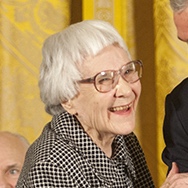 Harper Lee, the author of the iconic To Kill a Mockingbird--one of the most beloved works of American literature--died on Friday in her hometown of Monroeville, Ala. She was 89.
Harper Lee, the author of the iconic To Kill a Mockingbird--one of the most beloved works of American literature--died on Friday in her hometown of Monroeville, Ala. She was 89. On the same day Lee left this world, another literary giant, Umberto Eco, died, at the age of 84. The New York Times said that the author of The Name of the Rose and Foucault's Pendulum "sought to interpret cultures through their signs and symbols... and published more than 20 nonfiction books on these subjects while teaching at the University of Bologna... But rather than segregate his academic life from his popular fiction, Mr. Eco infused his seven novels with many of his scholarly preoccupations."
On the same day Lee left this world, another literary giant, Umberto Eco, died, at the age of 84. The New York Times said that the author of The Name of the Rose and Foucault's Pendulum "sought to interpret cultures through their signs and symbols... and published more than 20 nonfiction books on these subjects while teaching at the University of Bologna... But rather than segregate his academic life from his popular fiction, Mr. Eco infused his seven novels with many of his scholarly preoccupations."


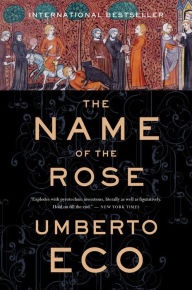 Umberto Eco's debut novel, The Name of the Rose, is a labyrinthine historical murder mystery full of theological, philosophical and literary allusions. In the year 1327, Franciscan friar William of Baskerville and his companion, Adso of Melk, travel to an Italian monastery suspected of heresy. Their arrival coincides with a suicide, followed by the mysterious deaths of several other monks. William slowly unravels the monastery's secrets through a postmodern puzzle of clues-within-clues centered on a maze-like medieval library.
Umberto Eco's debut novel, The Name of the Rose, is a labyrinthine historical murder mystery full of theological, philosophical and literary allusions. In the year 1327, Franciscan friar William of Baskerville and his companion, Adso of Melk, travel to an Italian monastery suspected of heresy. Their arrival coincides with a suicide, followed by the mysterious deaths of several other monks. William slowly unravels the monastery's secrets through a postmodern puzzle of clues-within-clues centered on a maze-like medieval library.